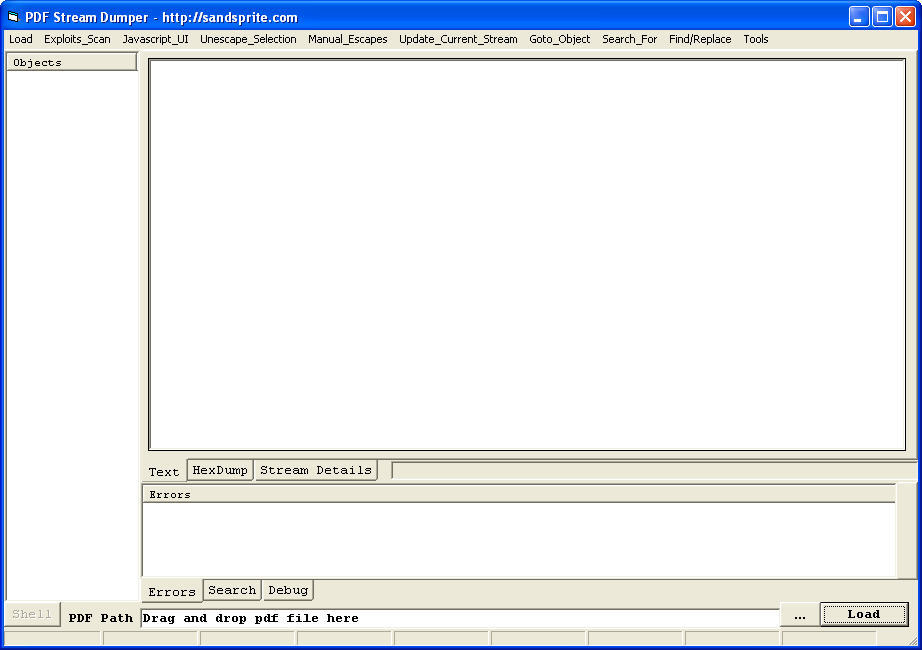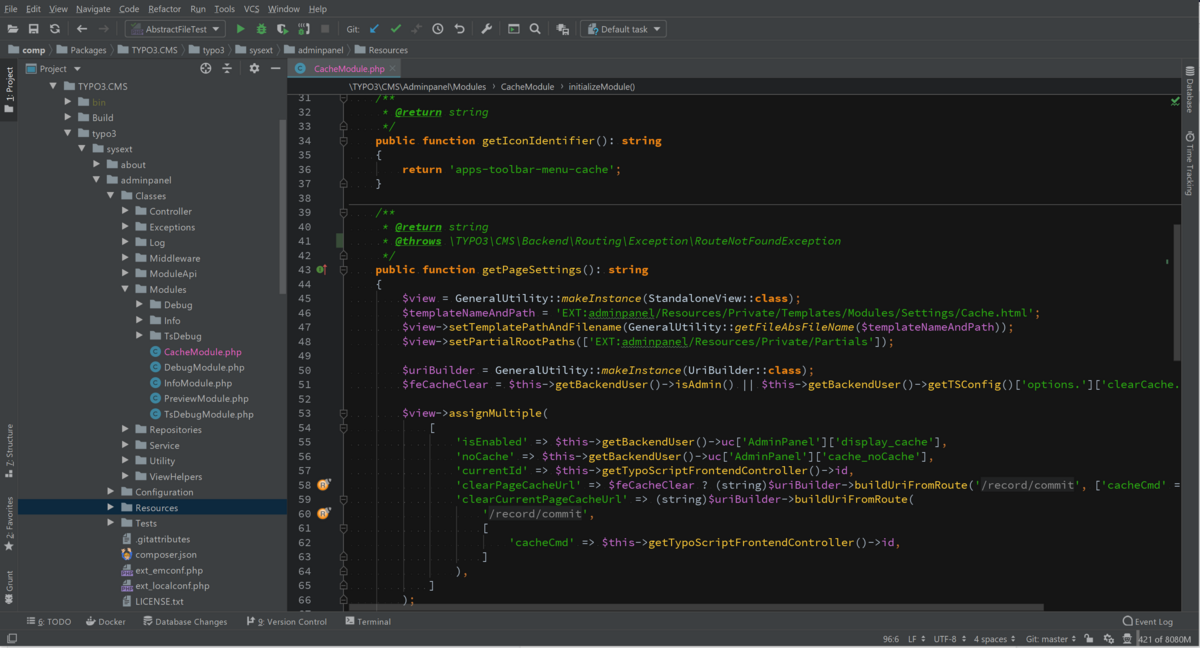



Power BI creates an empty Azure Maps visual design canvas. Once the Azure Maps Power BI visual is enabled, select the Azure Maps icon from the Visualizations pane. If using the Azure Maps Geographic API endpoints, your firewall may need to be updated to allow access to the Azure Maps platform using either or all of the following URLs:įor more information about privacy and terms of use related to the Azure Maps Power BI visual, see Microsoft Azure Legal Information. All rendering of data happens locally within the client. Other than the scenarios previously described, no other data overlaid on the map is sent to the Azure Maps servers. Telemetry data may be collected on the health of the visual (for example, crash reports), if the telemetry option in Power BI is enabled.Data in the Location, Latitude, and Longitude buckets may be sent to Azure to retrieve map coordinates (a process called geocoding).Details about the area the map is focused on are sent to Azure to retrieve images needed to render the map canvas (also known as map tiles).The Azure Maps Power BI visual connects to cloud service hosted in Azure to retrieve location data such as map images and coordinates that are used to create the map visualization. The Azure Maps Power BI visual can be used to gain insights into how this location context relates to and influences your business data. It's estimated that over 80% of business data has a location context. The Azure Maps Power BI visual provides a rich set of data visualizations for spatial data on top of a map. The steps and illustrations in this article are from Power BI Desktop. This visual can be created and viewed in both Power BI Desktop and the Power BI service.


 0 kommentar(er)
0 kommentar(er)
